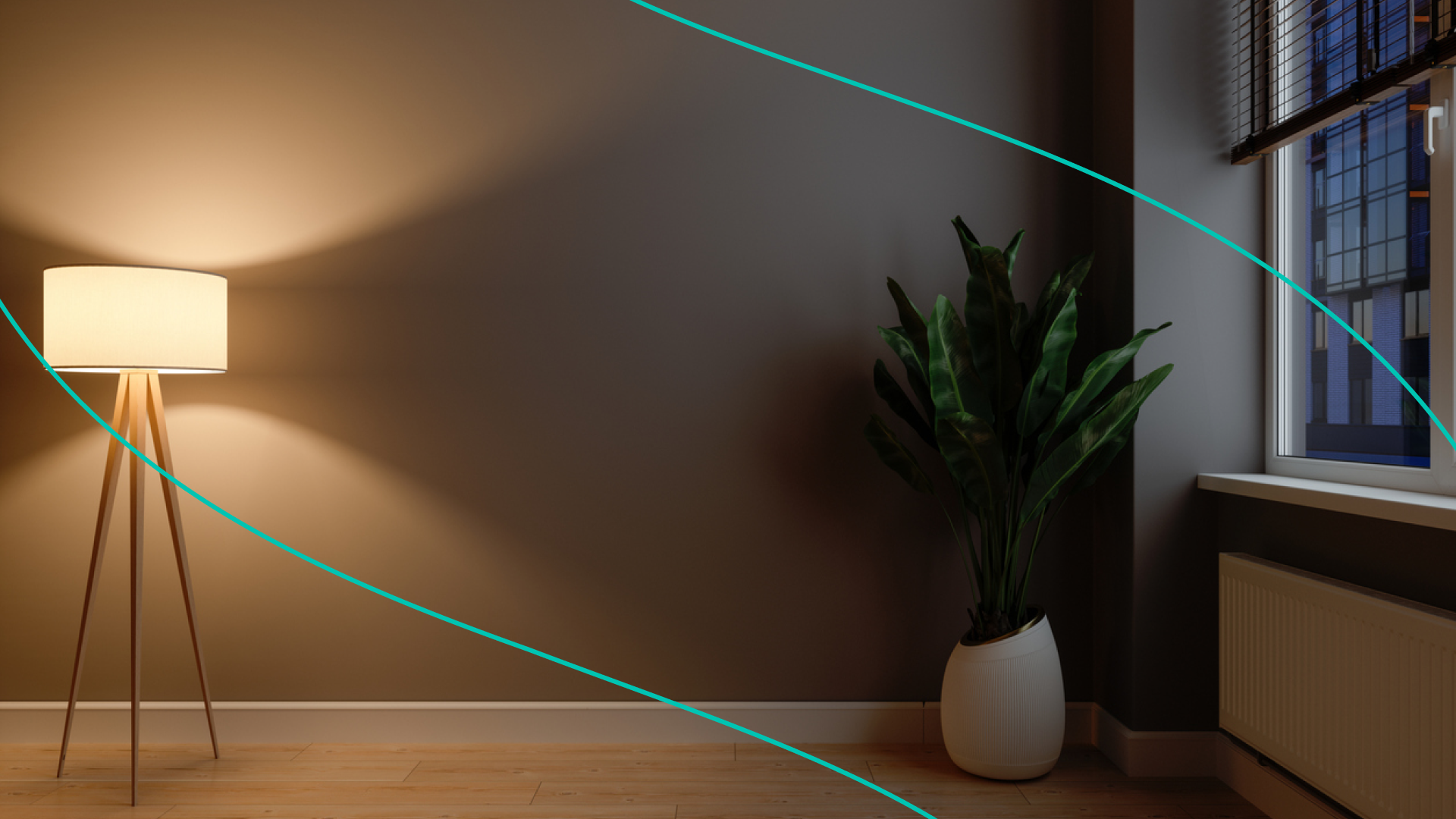You want to get more plants for your space. But your home isn’t the sunniest. Enter: Low-light plants. They’re able to grow in the darkest parts of your home since they don’t need direct sunlight 24/7. We talked to Dr. Morgan Halane, a biologist and researcher at the New York Botanical Garden, to find out which plants thrive in darker conditions. Here’s what you need to know.
What are some plants that don’t need sun?
A low-light plant has developed adaptations to survive. For example, it has thinner and broader leaves to maximize its light capturing abilities, said Dr. Halane. Think: plants that grow in shady spots in their native environments. Most can thrive with only two to four hours of indirect sunlight a day.
Low-light plants include:
Dracaena trifasciata, aka Snake Plant
The nickname comes from the sharply pointed leaves and its pattern similar to a snake’s skin. It thrives in indirect sunlight (think: the sunlight is reflected or filtered before reaching the plant, like through a curtain) and is a great pick even if you’ve (accidentally) killed every plant you’ve ever owned. But be sure to let its soil dry in between waterings, which should usually be every two to three weeks. Otherwise, the plant’s roots can rot.
Zamioculcas zamiifolia, aka ZZ Plant
The low-maintenance plant has wide, shiny, oval-shaped leaves. The plant thrives in indirect light. And needs good, well-draining soil to keep its roots intact.
Chlorophytum comosum, aka Spider Plant
No eight-legged creatures here. The leaves arch out from its roots, giving the appearance of spider legs. It can thrive in bright indirect natural light. Pro tip: Cut off the dead ends once they’ve browned to keep this plant at its best.
Dracaena sanderiana, aka Lucky Bamboo
This plant resembles bamboo. But it isn't actually bamboo. It still can provide some greenery to your space. All it needs is moist soil. Or it can grow in just chlorine-free water.
Strelitzia, aka Bird of Paradise
The plant can add a tropical vibe to your space. And can thrive with indirect light indoors (at least six hours a day) in a pot or planter with proper drainage. But be patient: It takes three to five years to fully bloom.
Aglaonema, aka Chinese Evergreen
It’s one of the most popular houseplants because of how easy it is to care for. It’s another plant that can add a tropical flair to your home. It thrives with indirect sunlight and needs well-draining soil. Or soil with materials such as compost so it doesn’t remain wet too long or is too concrete.
Epipremnum aureum, aka Golden Pothos
The “Devil’s Ivy” has heart-shaped green leaves with hints of yellow throughout. It needs indirect bright light for six to eight hours a day. But it does need to be watered every one to two weeks once the soil is fully dried out.
Hedera, aka Ivy
The low-light plant could be the perfect addition to your office space. There’s multiple varieties to choose from (think: the English, Japanese, Himalayan, and more), which all boast different leaf shapes. And only needs to be watered when the plant’s soil feels slightly dry (moist but not soggy).
Aspidistra elatior, aka Cast Iron Plant
This hardy plant can survive in pretty much any room, in even the harshest conditions. It can take a while to grow, but it's hard to kill. Avoid putting the plant directly under the sun to not burn its leaves.
How do I know if they have too much or too little sunlight?
Your plant's leaves should give you a hint. So take a look at them closely.
Your plant is getting too much sunlight if…
The leaves are dried out, brown or dark. According to Dr. Halane, it will also show signs of increased transpiration (think: drooping leaves). So you should move it to an area with less sunlight.
Your plant isn't getting enough sunlight if…
The leaves are pale and small (and the plant seems to be growing slower than expected). It could also bend towards the light source, said Dr. Halane. So move the plant to a brighter area.
theSkimm
Plants that don’t need sun have the potential to brighten up your space, day or night. Just be sure to follow the plant’s care instructions. And watch for any signs of sun deficiency or damage. You’ll be a proud plant parent in no time.
Live Smarter
Sign up for the Daily Skimm email newsletter. Delivered to your inbox every morning and prepares you for your day in minutes.






